The 2023 to 2024 financial saw £268 million collected while 2022 to 2023 totalled £285 million.
Of the total tonnage of plastic packaging manufactured in and imported into the UK, in this period, 42% was declared as taxable under the PPT.
Of the remaining 58%, 11% was either exported, intended for export or converted and less than 1% was exempt as it was used for the immediate packaging of human medicines and the majority 46% contained 30% or more recycled plastic and was therefore exempt.
Valpak warned that while the decrease shows a shift towards more circular practices, the 42% of taxable plastic packaging highlights the ongoing challenge businesses face in meeting the 30% recycled content threshold.
Steve Gough, CEO at Valpak by Reconomy, commented: “The progress seen in the proportion of plastic packaging containing 30% or more recycled content – now at 46% – is encouraging. This builds on last year’s 40% level and demonstrates the industry’s commitment to innovation and investment in long-term, circular waste disposal and production solutions.
“However, with more than 4,600 businesses now registered to the PPT, it’s clear that there is still work to be done to continue limiting single-use plastics and move waste up the waste hierarchy to protect our finite resources.
“The key to accelerating this progress lies in businesses embedding robust processes driven by technology and data. This approach will enable them to gain a granular understanding of their waste footprint and help them to identify the most impactful changes they can make to meet new regulatory requirements like PPT. At Valpak, we specialise in supporting businesses to navigate these hurdles and drive the transition towards a circular economy.”
‘Industry needs clarity on how this money is being used’
While Valpak is quick to caution that there is till work to be done, others in the industry have focused on the tax being generated.
Zoe Brimelow, a director at packaging manufacturer and consultancy Duo, said: “Irrelevant of a decline in second year PPT revenues, the tax continues to generates hundreds of millions in tax and industry should be provided with clarity about how this money is being used. The policy objective of the PPT was intended to support increased demand for recycled plastic packaging and to increase levels of recycling. The UK’s closed-loop recycling infrastructure requires investment to support these policy objectives and it would be good to see PPT monies being invested in this area.
“A reduction in second year PPT revenues may indicate a shift towards more recycled-content plastic packaging, but we still need more context to properly understand this and the effectiveness of the tax.
“The impact of the PPT has to be viewed in the context of the usage and recycling of other packaging materials. Defra produces this data, with the most recent statistics on waste being for 2021 – a year before the PPT came into force. The previous government promised an evaluation of the PPT and we now need clarity from the current government about when this evaluation will be available.”





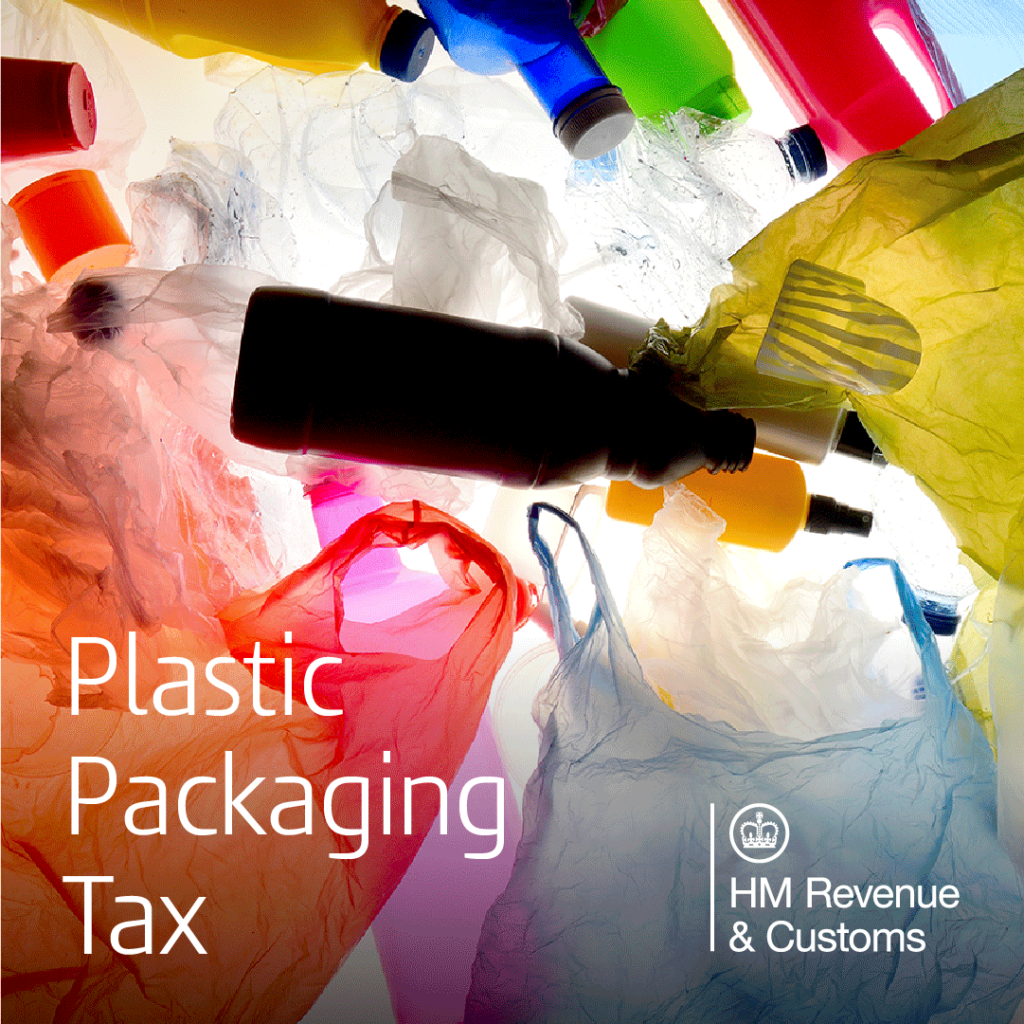
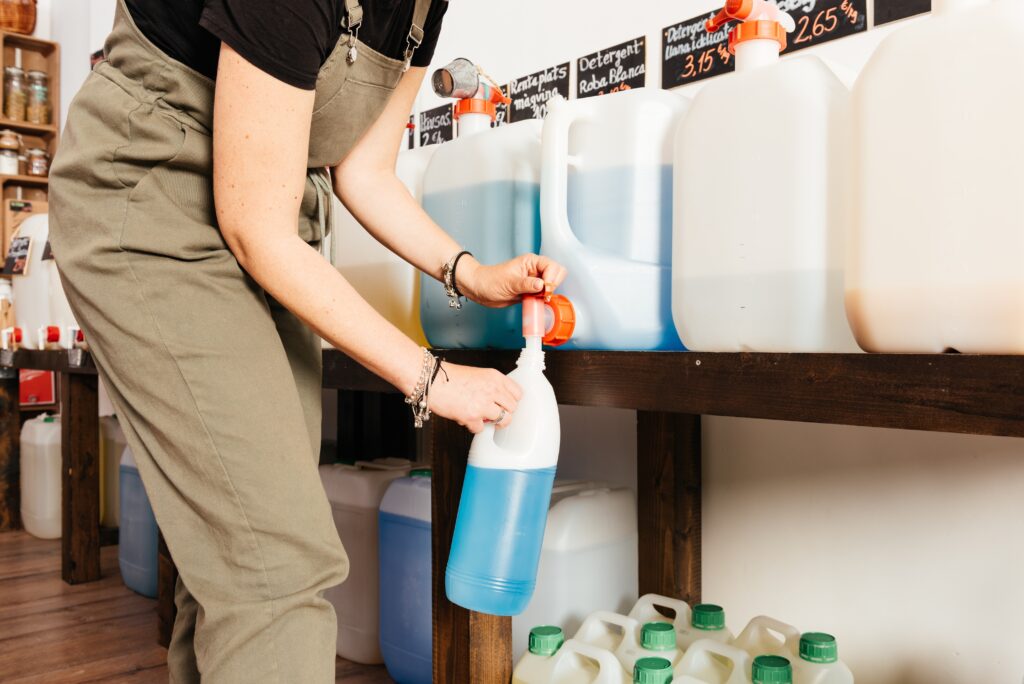
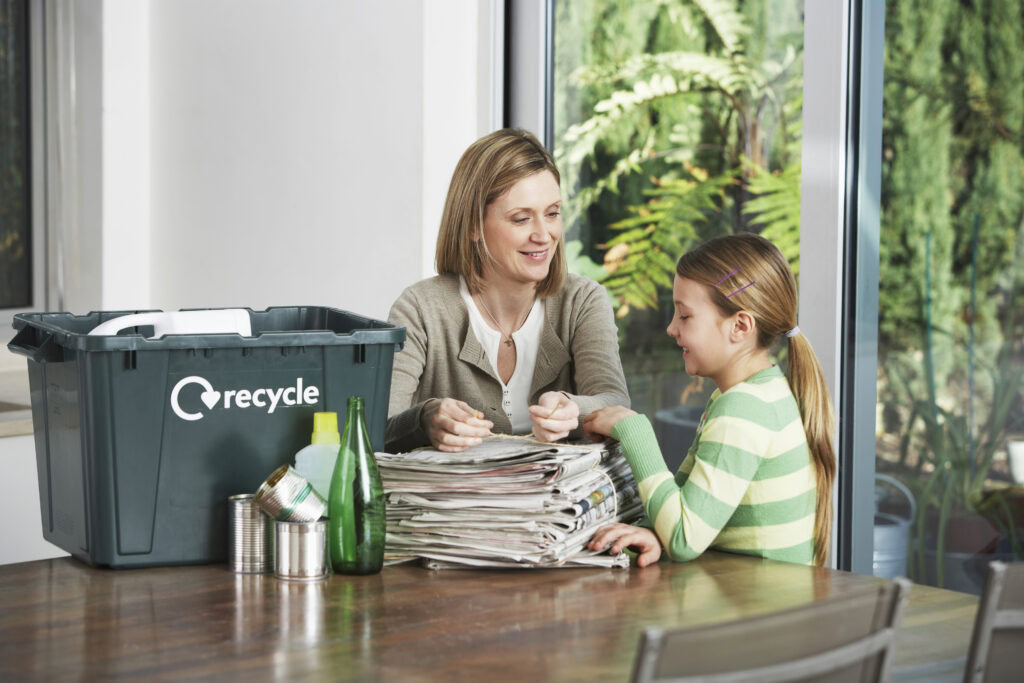
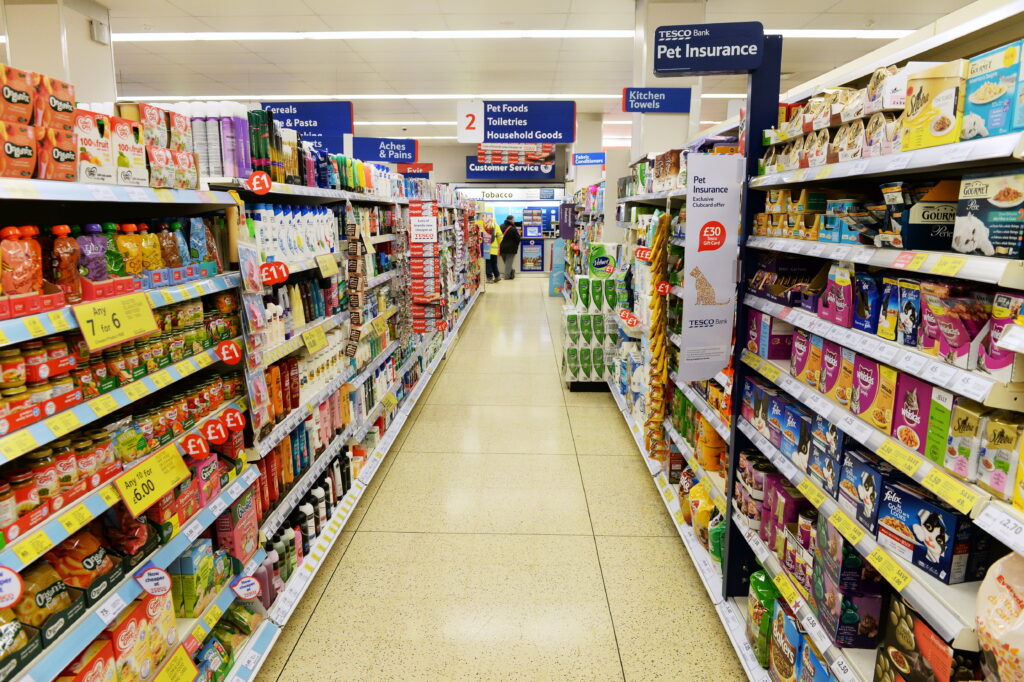
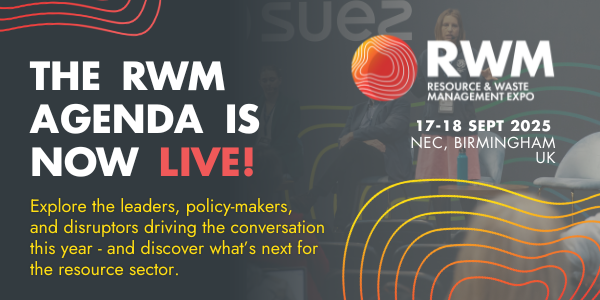
Subscribe for free